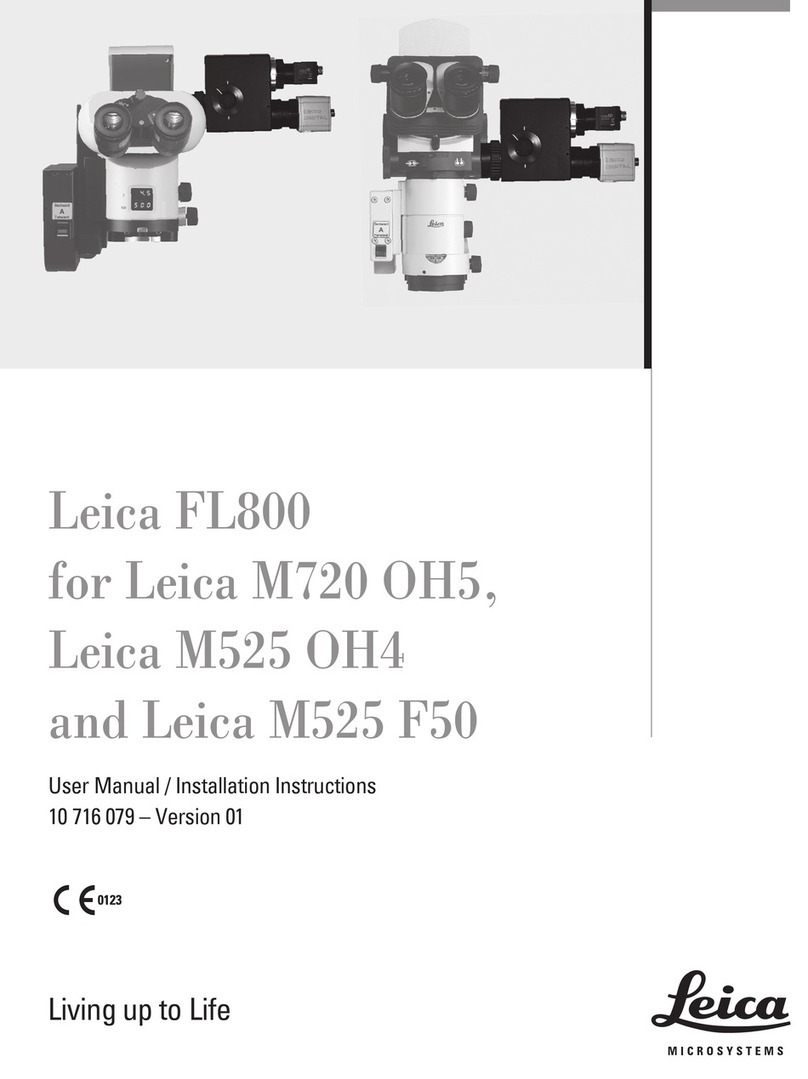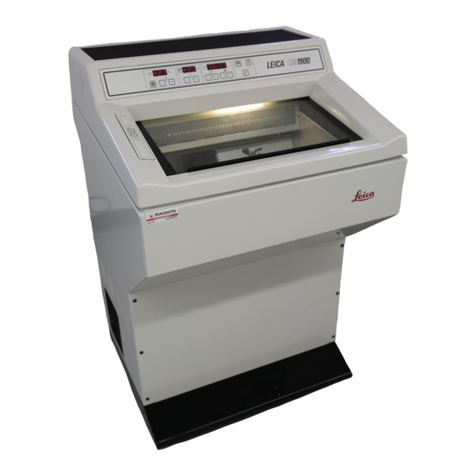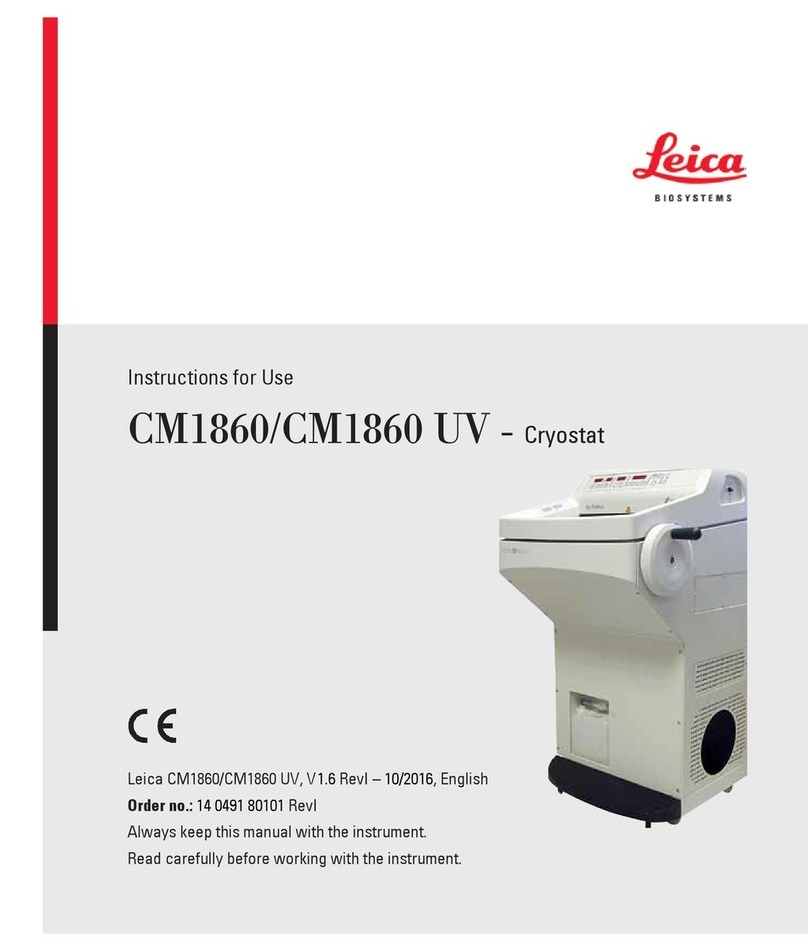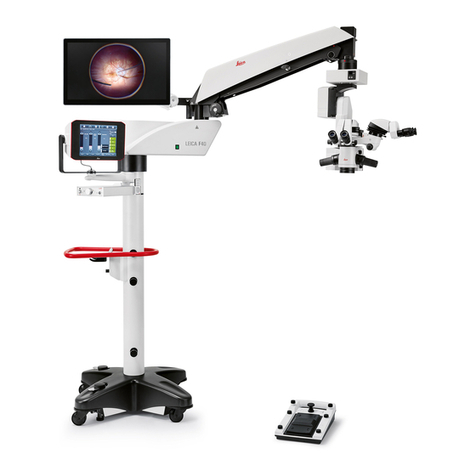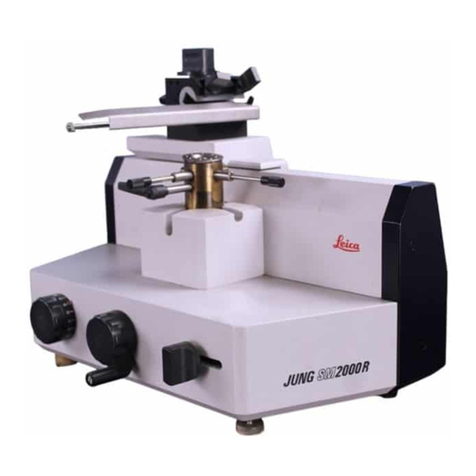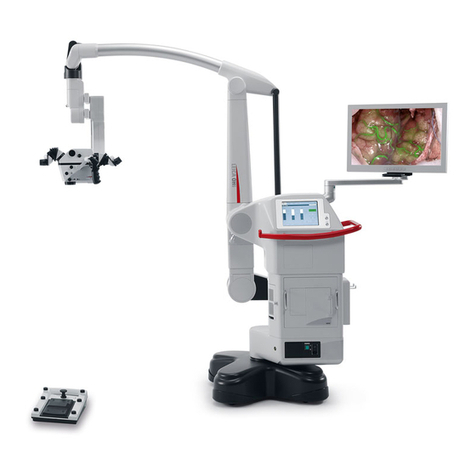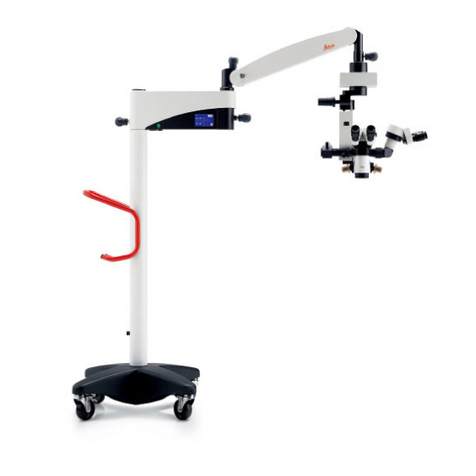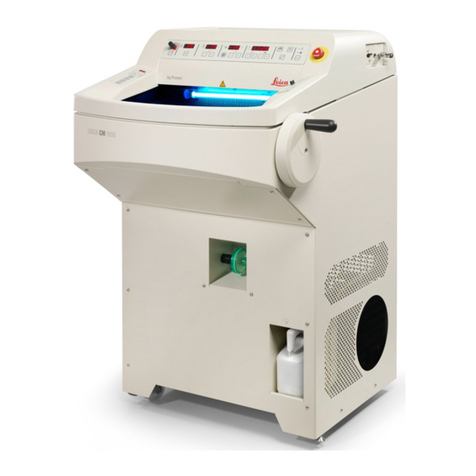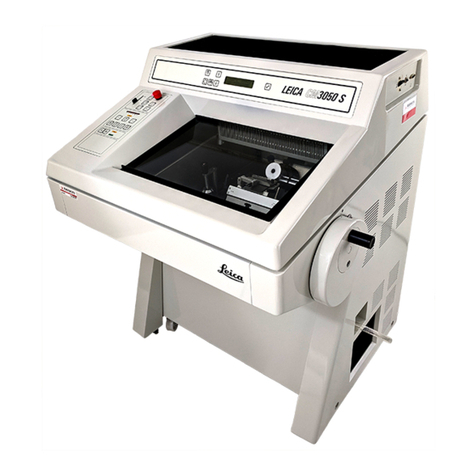3
Leica RM2235
The information, numerical data, notes and val-
ue judgments contained in this manual repre-
sent the current state of scientific knowledge
and state-of-the-art technology as we under-
stand it following thorough investigation in this
field.
We are under no obligation to update the
present manual periodically and on an ongoing
basis according to the latest technical develop-
ments, nor to provide our customers with addi-
tional copies, updates etc. of this manual.
For erroneous statements, drawings, technical
illustrations etc. contained in this manual we
exclude liability as far as permissible according
to the national legal system applicable in each
individual case. In particular, no liability what-
soever is accepted for any financial loss or con-
sequential damage caused by or related to
compliance with statements or other informa-
tion in this manual.
Statements, drawings, illustrations and other
information as regards contents or technical
details of the present manual are not to be con-
sidered as warranted characteristics of our
products.
These are determined only by the contract pro-
visions agreed between ourselves and our cus-
tomers.
Leica reserves the right to change technical
specifications as well as manufacturing pro-
cesses without prior notice. Only in this way is it
possible to continuously improve the technolo-
gy and manufacturing techniques used in our
products.
This document is protected under copyright
laws. Any copyrights of this document are re-
tained by Leica Microsystems Nussloch GmbH.
Any reproduction of text and illustrations (or of
any parts thereof) by means of print, photocopy,
microfiche, web cam or other methods – includ-
ing any electronic systems and media –
requires express prior permission in writing by
Leica Microsystems Nussloch GmbH.
For the instrument serial number and year of
manufacture, please refer to the name plate at
the back of the instrument.
© Leica Microsystems Nussloch GmbH
NOTE
Published by:
Leica Microsystems Nussloch GmbH
Heidelberger Str. 17 - 19
D-69226 Nussloch
Germany
Phone: +49 (0)6224 143-0
Fax: +49 (0)6224 143-200
Internet: http://www.histo-solutions.com






